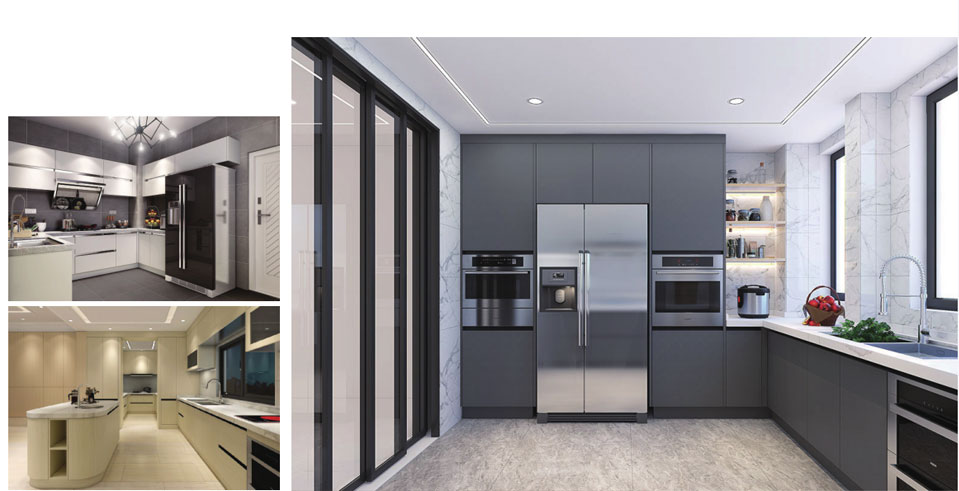What Are the Different Types of Metal Plates?
Metal plates are one of the most essential materials in modern engineering, construction, manufacturing, and design. They are used in everything from skyscrapers and bridges to machine parts, medical devices, decorative panels, and kitchen equipment. But not all metal plates are the same—each type varies in composition, strength, corrosion resistance, and specific applications.
If you're selecting metal plates for a project, it's important to understand the different types available in the market. In this article, we'll walk you through the most common types of metal plates, their unique characteristics, and typical uses. At the end, we’ll introduce a reliable source for premium decorative and structural metal plates: Meslier Metal Plates.
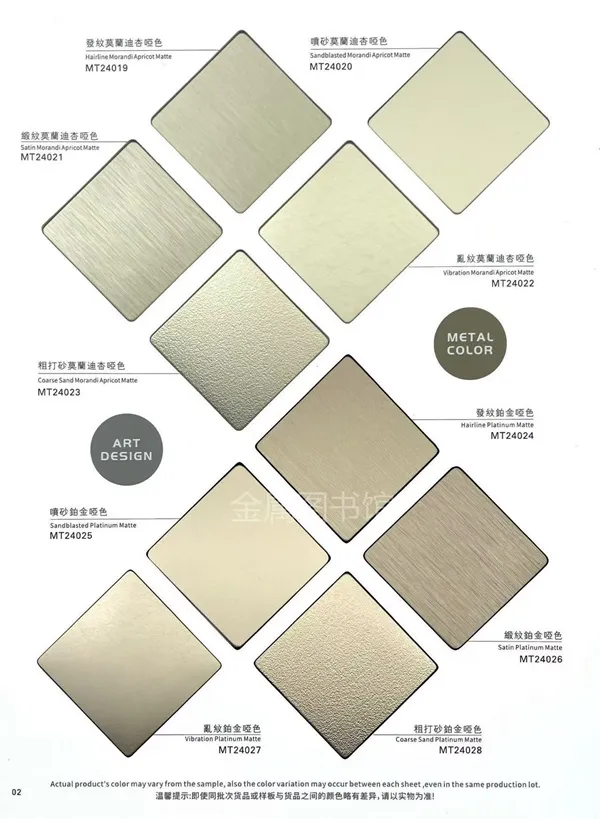
1. Carbon Steel Plate
Carbon steel plates are widely used in construction and industrial applications due to their strength, affordability, and versatility. They are available in different grades depending on carbon content—low, medium, or high carbon.
Features:
High strength and durability
Economical
Easy to weld and machine
Applications:
Structural support (beams, columns)
Bridges
Pressure vessels
Heavy machinery frames
2. Stainless Steel Plate
Stainless steel plates are known for their exceptional corrosion resistance and sleek appearance. They are used in environments where hygiene, heat resistance, or aesthetics are essential.
Common Grades:
304: General-purpose, corrosion-resistant, and affordable
316: Marine-grade with higher corrosion resistance due to molybdenum
Features:
Excellent resistance to rust and chemicals
Heat resistant
Long-lasting surface finish
Applications:
Food processing equipment
Pharmaceutical and chemical plants
Kitchen backsplashes and countertops
Medical devices
Decorative panels
3. Aluminum Plate
Aluminum plates are lightweight and corrosion-resistant, making them ideal for weight-sensitive and outdoor applications.
Features:
Lightweight yet strong
Excellent corrosion resistance
Good conductivity
Common Grades:
5052: High corrosion resistance, often used in marine applications
6061: Strong and weldable, used in structural applications
Applications:
Aerospace components
Marine and shipbuilding
Automotive parts
Outdoor signage and structural framing
4. Brass and Copper Plates
These non-ferrous metal plates are often used for aesthetic and functional purposes due to their conductivity and attractive appearance.
Features:
High electrical and thermal conductivity
Naturally antimicrobial (especially copper)
Eye-catching gold or red finish
Applications:
Electrical conductors and terminals
Plumbing fittings
Decorative elements and architectural detailing
Musical instruments
5. Tool Steel Plate
Tool steel plates are designed for high hardness, wear resistance, and the ability to retain shape under heat and pressure.
Features:
Extremely hard and durable
Resistant to deformation
Can handle high temperatures
Applications:
Cutting and forming tools
Dies and molds
Industrial machinery parts
6. Titanium Plate
Though more expensive, titanium plates offer the best strength-to-weight ratio and superb corrosion resistance, especially in extreme environments.
Features:
Lightweight yet stronger than steel
Highly resistant to corrosion and heat
Biocompatible
Applications:
Aerospace and aviation
Medical implants
Military equipment
High-end sports gear
7. Wear-Resistant Steel Plate (AR Plate)
Often referred to as "abrasion-resistant" or AR plate, this type of metal plate is designed to withstand intense wear and tear.
Common Grades:
AR400, AR500 (numbers refer to hardness)
Features:
Excellent resistance to impact and abrasion
Long service life in harsh conditions
Applications:
Mining and quarry equipment
Construction machinery
Armor plating
Conveyor systems
8. Galvanized Steel Plate
This is a carbon steel plate coated with a layer of zinc to prevent corrosion, often used in outdoor or wet environments.
Features:
Rust-resistant
Affordable
Easy to fabricate
Applications:
Roofing and wall panels
Fencing and gates
HVAC ducting
Electrical boxes
Choosing the Right Metal Plate
When selecting the appropriate metal plate, consider the following:
Load-bearing requirements
Exposure to moisture, chemicals, or heat
Weight sensitivity
Aesthetic or decorative needs
Budget constraints
For structural durability, carbon steel or tool steel may be the best option. For corrosion resistance and visual appeal, stainless steel or aluminum will likely serve better. And for cutting-edge applications like aerospace or medical, titanium or copper may be ideal.
Meslier Metal Plates – Excellence in Design and Durability
Whether your project calls for strength, elegance, or corrosion resistance, Meslier Metal Plates provide premium quality solutions for both decorative and industrial applications.
Meslier specializes in stainless steel and decorative metal plates, offering a variety of finishes such as:
Mirror polished
Brushed
Etched
PVD color-coated
Embossed
Laser-cut custom patterns
Why Choose Meslier Metal Plates?
Made from high-grade 304/316 stainless steel for durability and beauty
Ideal for interior walls, elevators, lobbies, kitchens, and furniture
Offers custom sizes, thicknesses, and patterns
Global delivery with expert customer support
From architectural masterpieces to functional commercial spaces, Meslier Metal Plates deliver the perfect balance of form and function.
Conclusion
Metal plates are available in a wide range of materials and forms, each tailored for specific industries and applications. By understanding the different types—from carbon steel and aluminum to stainless steel and titanium—you can make informed decisions for your design or engineering project. And when it comes to decorative and reliable metal plate solutions, Meslier Metal Plates stand out as a trusted choice worldwide.
Hot News

Glass Door vs. Solid Door Stainless Steel Wine Cabinets: What’s Best?
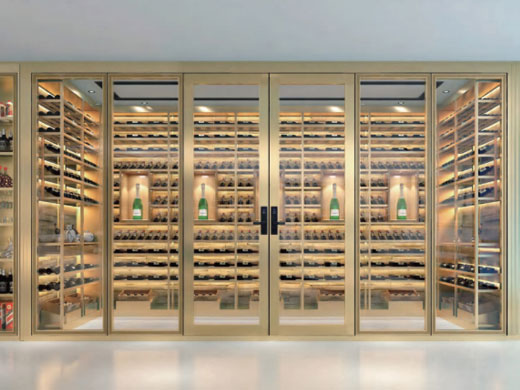
High-End vs. Budget-Friendly Stainless Steel Wine Cabinets: A Buyer’s Guide

Top Features to Look for in a Stainless Steel Wine Cabinet

How a Stainless Steel Wine Cabinet Enhances Your Home Bar
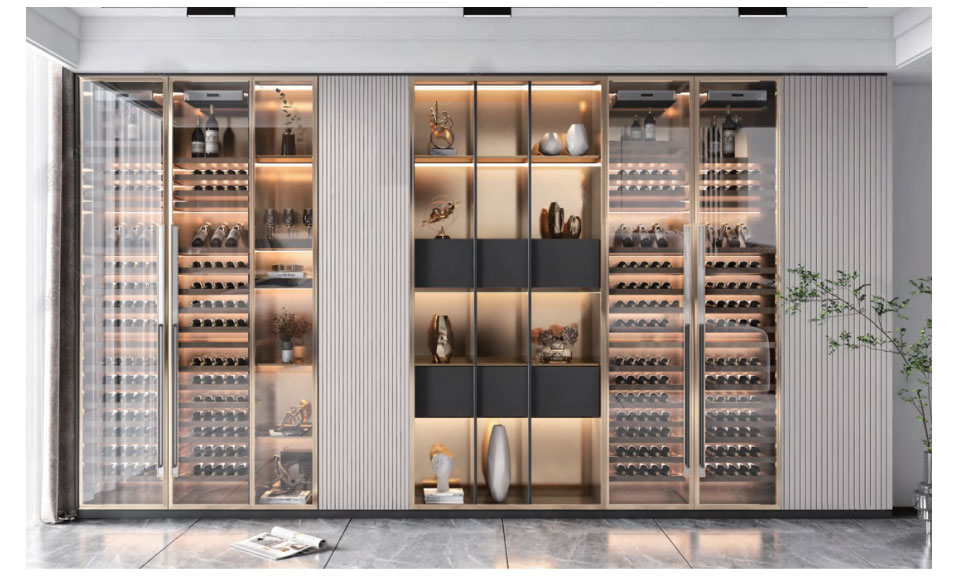
How to Clean and Maintain Your Stainless Steel Wine Cabinet
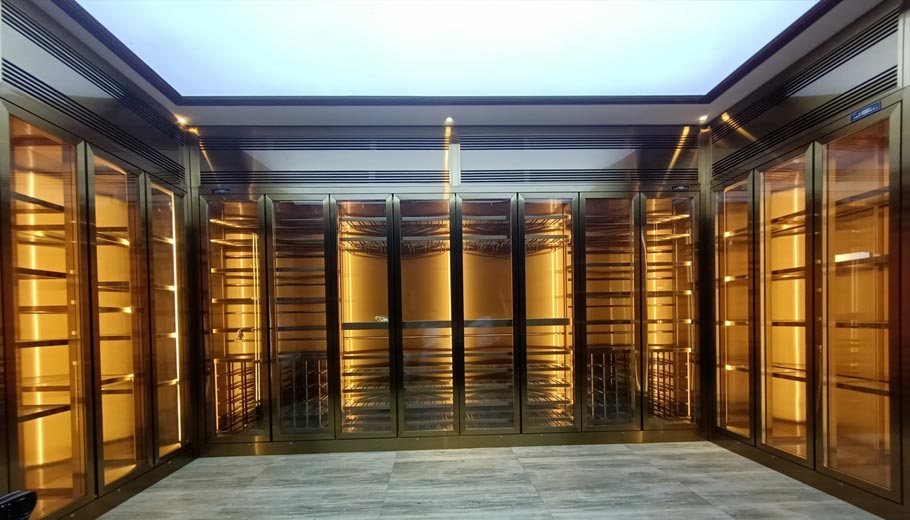
Preventing Condensation and Moisture Damage in Stainless Steel Wine Cabinets

Modern Kitchen Design: Integrating Stainless Steel Wine Cabinets
